"What many people do not know much about are the plight of those Palestinians living inside the state of Israel: roughly 1.4 million Palestinians."
 Click on image, once or twice, to enlarge.
Click on image, once or twice, to enlarge.The author discusses their plight from Palestine.
By Timothy Seidel
PalestineChronicle.com Exclusive
July 23, 2007
On the Web at:
http://www.palestinechronicle.com/story-07230784810.htm
I thought about the irony as I walked the grounds of the old Orthodox Church, surveying the church and the new wall being constructed around it. We were visiting with members of the al-Mujaydal Heritage Committee who were working to construct this wall in what was the village of al-Mujaydal. Al-Mujaydal was one of the over 500 Palestinian villages destroyed between 1947 and 1949, and its residents among the 750,000 to 900,000 refugees expelled from their homes in what Palestinians remember as the Nakba or “Catastrophe.” Today the refugees from al-Mujaydal live abroad in places like Syria, still unable to return to their lands. But there are also refugees from al-Mujaydal that live in the neighboring city of Nazareth in the Galilee in northern Israel. The reason why this protective wall was built was because of ongoing vandalism against the church from the surrounding Jewish settlement.
Many people may know about the plight of Palestinians living in the Occupied Territories—those territories Israel has militarily occupied since 1967. Some four million Palestinians live in the Occupied Territories of the West Bank, including East Jerusalem, and the Gaza Strip. But what many people do not know as much about are the plight of those Palestinians living inside the state of Israel. Roughly 1.4 million Palestinians are citizens of the state of Israel, about twenty percent of the population of the “Jewish State.” [1]
By definition, this is discriminatory. This was most recently highlighted by the UN’s Committee on the Elimination of Racial Discrimination. [2] Though Israel, supported by the United States, proclaims itself an island of “democracy” in the region, one Israeli Jewish scholar Oren Yiftachel disputes these claims instead calling Israel’s Jewish-based system of discrimination not a democracy but an “ethnocracy.” [3]
From 1948 until 1966 Palestinians inside of Israel lived under military rule, requiring permits to leave their communities, much like Palestinians in the Occupied Territories today need permission to travel out of their homes.
Today, Palestinians in Israel are not equal under the law and experience hardships that increasingly isolate them in poor, densely populated communities, especially in the Galilee and the Negev, where Israel continues its efforts at “judaizing” Palestinian areas inside of Israel. Palestinians experience higher poverty rates, have limited access to government services, not to mention the overt racism displayed by some Israeli Jewish leaders, such as the current deputy Prime Minster Avigdor Lieberman, who openly call for the ethnic cleansing of Palestinians from the land of Israel.
Probably the most forgotten of these forgotten Palestinians are the refugees within their midst. Technically called Internally Displaced Persons (IDP’s) because they never crossed an international border, some 350,000 Palestinian citizens of Israel, refugees from 1948, have been denied their right to return to their homes and lands.
And this is where the al-Mujaydal Heritage Committee comes in. Though these Palestinians are able to visit what is left of their village, namely two churches—that are highly valued by both the Christian and Muslim refugees from al-Mujaydal—they are not able to live on their village lands. Support of this community and the maintenance of this church facility are tangible ways of remembering a twice-forgotten people.
A Binational Reality of Equality, Not Apartheid
The plight of Palestinians inside Israel has contributed to an ongoing conversation on binationalism and “one-state” vs. “two-states” as a viable solution to this conflict. [4] A proposal by Palestinian citizens of the state of Israel, for example, suggests a binationalism that demands collective equal rights for all. [5] Israeli analyst Meron Benvenisti, former deputy mayor of Jerusalem, points out that this vision opens up a process of “questioning the Jewish hegemony over the entire public space.” This binationalism, which Benvenisti observes as already a reality, is repressed by means of an oxymoron: “a Jewish and democratic state.” [6]
Benvenisti holds that “the public space is capacious enough to enable the granting of collective rights.” “The trouble,” he goes on to say, “is that the Jewish majority has been educated on the perception that there is only one legitimate collective in the homeland, and therefore it is unable to think in terms of a shared homeland.”
So not only is binationalism already a reality, however repressed, the notion of a “two-state solution” becomes an excuse, Benvenisti argues, that puts off any serious discussion of the collective rights of Israel’s Palestinian citizens: “One of the reasons for the Zionist left’s support for its [Palestinian state] establishment is its aspiration to iron out the contradiction between the principle of communal-national equality and the discrimination against the Arab-Israeli minority. Therefore, they hold that the desires of the Arabs of Israel ‘must be expressed in the Palestinian state that will arise, and not in Israel.’”
This underscores the point as to why our efforts at advocacy need to move beyond “End the Occupation” slogans, why binationalism is demanded by 1948 Palestinians, and why it may be preferable for 1967 Palestinians and refugees. The Palestinian Authority only represents (ostensibly) 1967 Palestinians. Seven million people cannot be excluded.
This is why the “boycott, divestment, sanctions” campaign, launched by Palestinian civil society in July 2005, on the anniversary of the International Court of Justice ruling on the Wall’s illegality, is instructive.
Moving beyond the call to ending Israel’s occupation and colonization of all Arab lands and dismantling the Wall, there is also the call for Israel to recognize the fundamental rights of the Arab-Palestinian citizens of Israel to full equality; and respect, protect and promote the rights of Palestinian refugees to return to their homes and properties as stipulated in UN resolution 194. [7]
Remembering Those Who Are Too Often Forgotten
As organizations such as the Badil Resource Center for Palestinian Residency and Refugee Rights [8] and the Zochrot Association [9] continue to teach us, it is in places such as this that the act of remembering becomes more than just an educational exercise. It becomes a political act, even an act of resistance to the dominant narratives that exclude and oppress and the state apparatus meant to maintain them. We can see it when Badil publishes a book about the Palestinians village of Bir’im, whose residents, like the well-known Catholic priest Elias Chacour, were expelled in 1948 and are now IDP’s living in neighboring villages in northern Israel. [10] Or when Zochrot makes a trip to the destroyed Palestinian village of Deir Yassin where they post signs by the remains of the village and hear testimonies from its refugees about life in Deir Yassin, about the Nakba, and about the massacre of over one hundred Palestinians by Zionist forces in 1948. [11]
The denial of equality and equal opportunity is experienced by all Palestinians in this land, whether by those walled off into reservations in the Occupied Territories or those Palestinians treated as second-class citizens in Israel. The building of any sustainable or durable peace in situations of protracted conflict and injustice depends on right relationships—and understanding the important role of memory in pursuing right relationships—and the elimination of all forms of discrimination.
-Timothy Seidel worked as a peace development worker with Mennonite Central Committee in the Occupied Palestinian Territories where he lived for the past three years.
_________________________________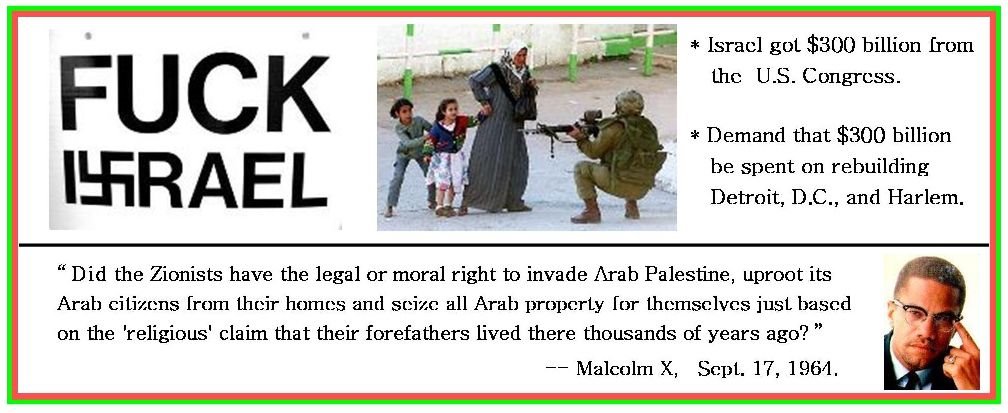
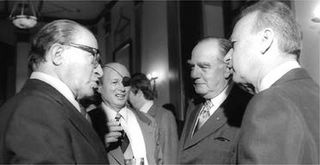
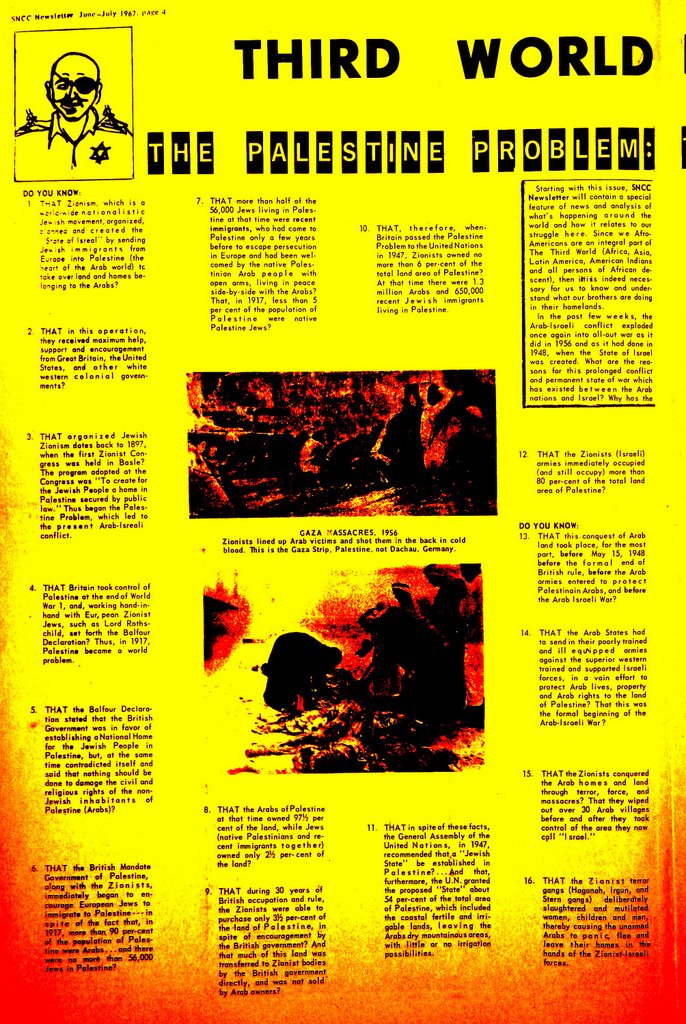
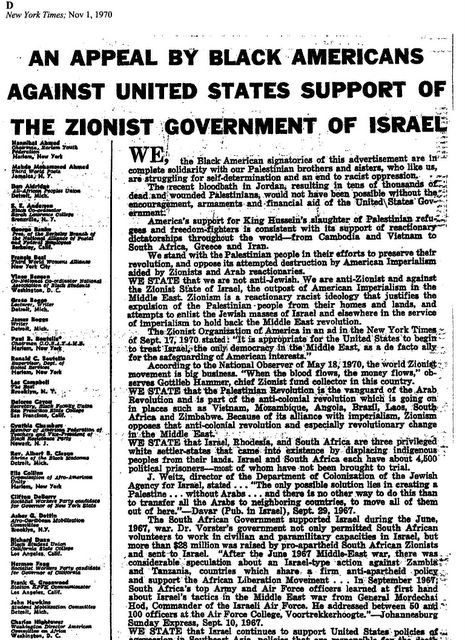
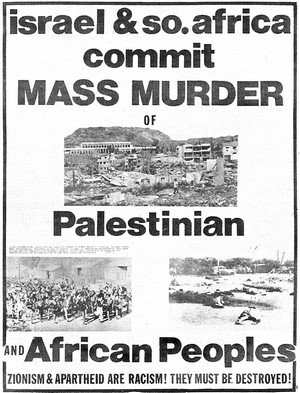
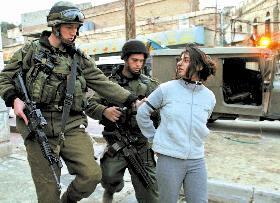

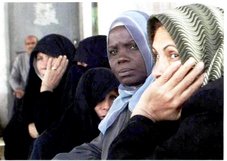
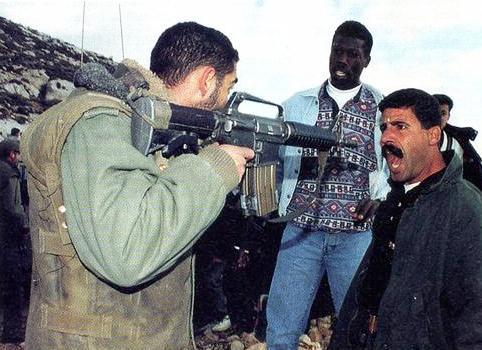
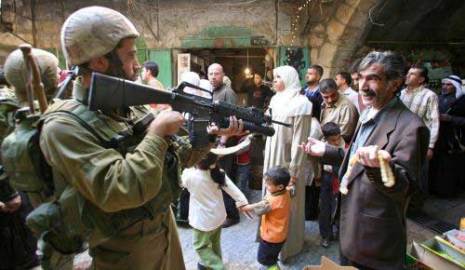




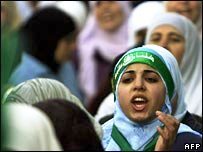
No comments:
Post a Comment